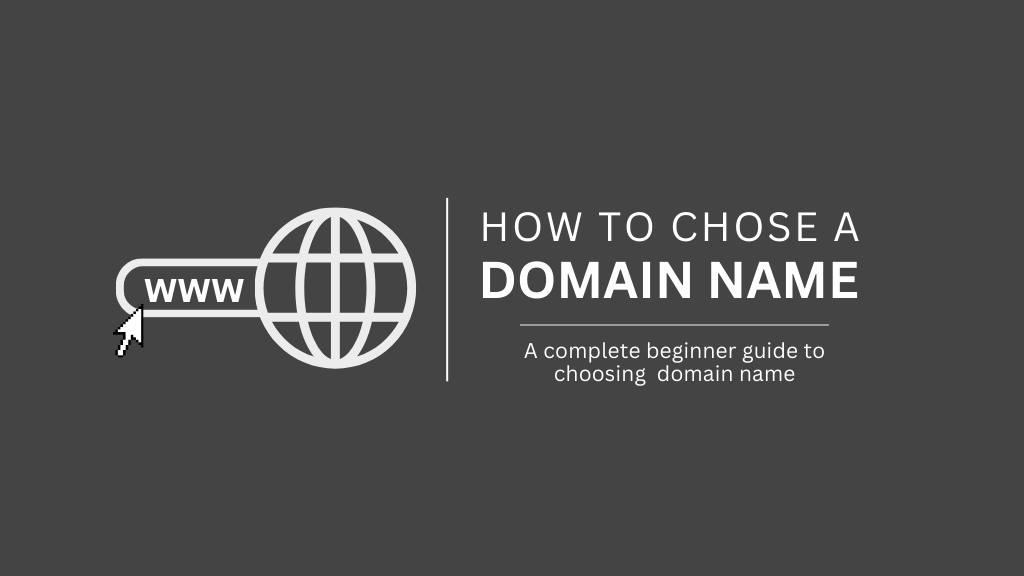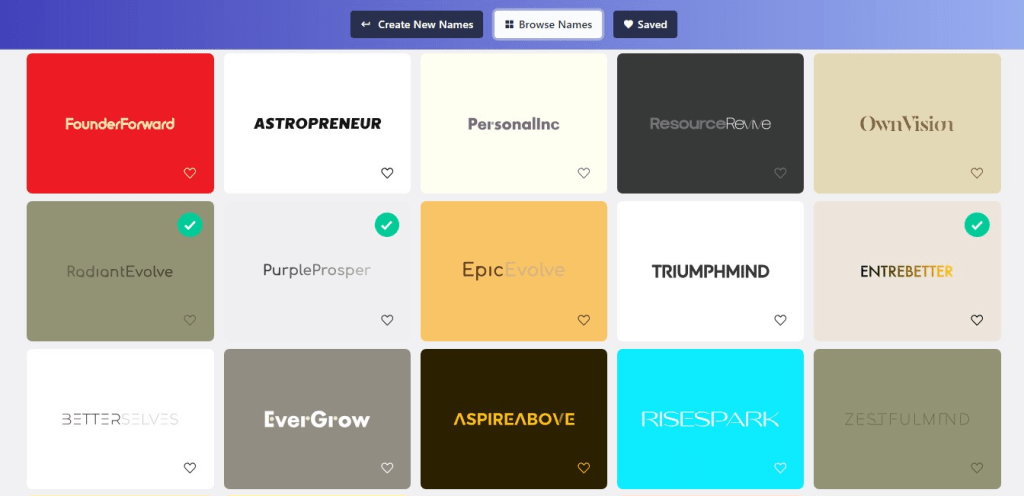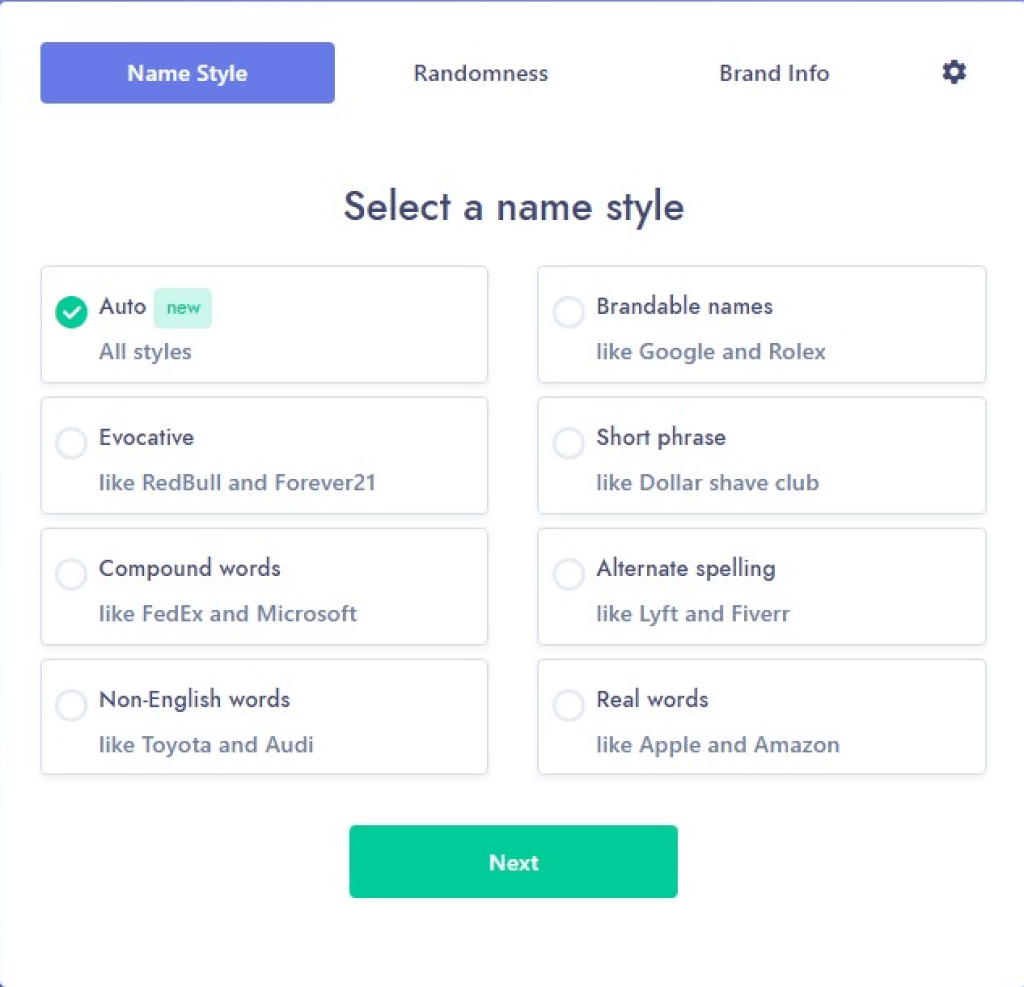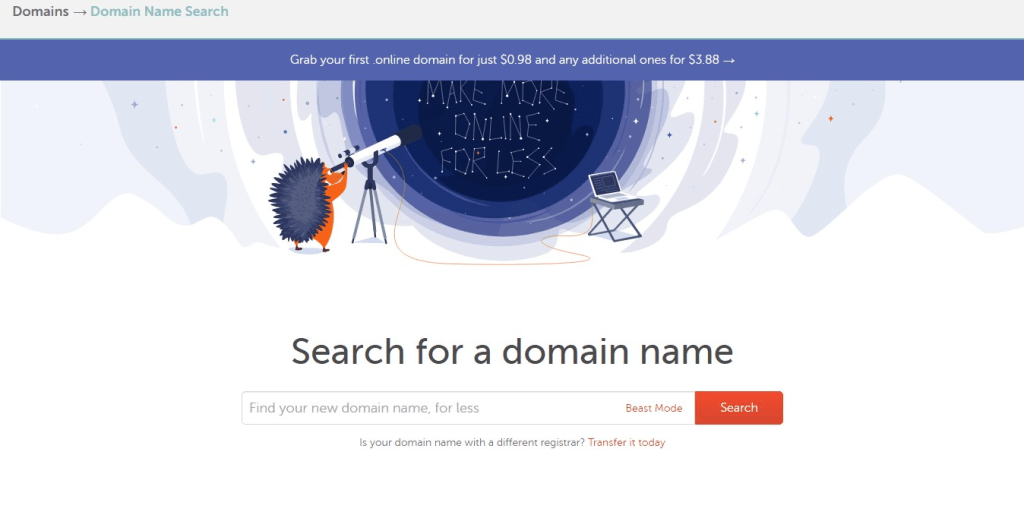
Choosing a domain name might sound simple at first, but it’s one of the most important decisions you’ll make when starting a blog or website.
Your domain name is how people will find your business online. It’s the first thing visitors see, and it gives them a sneak peek into what your site is all about.
But, finding a domain name for your website is harder than it seems. You will spend hours brainstorming a name, and when you finally find one that fits, it is not available for purchase or it has been listed as a premium domain is a crazy price tag.
This is a very common scenario, and you are about to make a difference.
Today, you’ll learn how to brainstorm, research, and pick the best domain name for your blog or website in just a few minutes.
Key Takeaways
- A good domain name helps people remember your website.
- Short domain names (6-14 characters) are easier to remember.
- Avoid numbers, hyphens, or complicated spellings.
- Use a
.comextension whenever possible for trustworthiness. - Take time to consider long-term goals for your domain name.
Understanding Domain Names
So, what exactly is a domain name?
Simply put, it’s the name of your website—the part that comes after the “www” in a URL. It’s your website’s unique identifier on the internet.
Without a domain, people would need to remember a series of numbers (called an IP address) just to visit your site. That would be like trying to remember someone’s phone number without a contact list!
There are different types of domain names you can choose from. Let’s break them down:
Top-Level Domains (TLDs)
A Top-Level Domain (TLD) is the last segment of your domain name that comes after the dot. For example, in www.example.com, “.com” is the TLD. These are the most widely recognized and used domain types on the internet.
There are several different TLDs to choose from, but the most common ones include:
- .com – Short for “commercial,” this is the most popular TLD globally, used by approximately 36.5% of websites.
- .net – Originally intended for network-related websites, .net is now commonly used by tech companies and startups.
- .org – This TLD is commonly associated with non-profit organizations or open-source projects, though it’s available to anyone.
- .edu – Reserved for educational institutions, this TLD signals credibility in academia. Only accredited institutions can use it.
While .com remains the gold standard, newer and more specialized TLDs have emerged, giving you more options to find the perfect fit for your website.
For example, if you’re creating a tech startup, .io might give your site a modern and innovative touch, while a .blog domain immediately tells visitors what to expect.
Country Code TLDs (ccTLDs)
Country Code Top-Level Domains (ccTLDs) are specific to countries or regions, such as .uk for the United Kingdom or .ca for Canada.
These domains are ideal if you’re targeting a local audience or want to emphasize your regional presence.
Even though Search engines like Google may prioritize local results when ccTLDs are used, giving your website an SEO boost in that region, ccTLDs can also limit your global reach.
If you plan on expanding internationally, a .com or .net might be a better choice.
Generic Domain Names
A generic domain name is typically short, broad, and doesn’t necessarily describe what your website does.
This is the type of domain name big companies use because it allow them to create a flexible, future-proof identity.
Let’s use Amazon.com for example. The domain alone doesn’t immediately tell you that it’s an online marketplace, right? the same thing goes with Apple.com. You can never tell that it’s a tech company based on the name alone.
This type of domain allows you to branch out into different areas or industries. For example, Amazon started by selling books, but its name didn’t restrict its ability to expand into selling everything from electronics to groceries.
The downside is that finding available generic domain names, especially with a .com TLD, can be incredibly challenging today due to the high demand.
Descriptive Domain Names
Descriptive domain names do exactly what they sound like—they describe what your business or website offers.
These domain names often include relevant keywords related to your industry or niche. For instance, Hotels.com indicates that the website is about hotel bookings and reservations.
The drawback of using descriptive names is that they can sometimes come across as generic or spammy.
Many descriptive domain names are longer and harder to brand than generic or branded domains. Additionally, some users may perceive these types of domains as less trustworthy than branded or generic names.
Brainstorming and Research
Coming up with a great domain name can feel like finding a needle in a haystack. You might find yourself steering at your computer screen for a long without registering any name to your mind.
To cut the process short, let’s start by talking about your blog or website’s purpose.
What will you write about? What audience are you trying to reach? Is your site meant to be funny, serious, or informative? Having answers to these questions will guide your domain name search.
Here are a few tips to get going:
- Make a list of words related to your niche or industry. For example, if you’re creating a cooking blog, think of words like “tasty,” “spice,” or “plate.”
- Use tools to spark ideas you might not have thought of. There are plenty of free tools online that’ll throw out name suggestions based on keywords.
- Consider your audience, their age, and tone preference.
- Think about your brand identity. If you’re creating a personal brand, using your name in the domain could be a good option. If it’s a business, make sure the domain reflects the kind of services you offer.
A quick side note: When I first started BuiltOnHustle, I went through dozens of name ideas before I found one that clicked. It’s okay if it takes time—you want something you’ll be proud to stick with.
There are some great tools out there to help you find the perfect domain name. You can use keyword research tools to find popular search terms in your niche.
This can give your domain a little SEO boost, making it easier for people to find your site through Google search.
Once you have a keyword in mind, it’s time to utilize some tools to brainstorm your domain name and make it faster. My favorite tool is Nameelix.
Domain Name Best Practices
Before choosing a domain name for your business/website, there are things you should keep in mind. Else, you will make mistakes that will make you want to choose a different domain in the future
1. Keep it Simple and Concise
When it comes to choosing a domain name, simplicity is key.
Think of some of the most popular websites you visit daily, their names are all short, easy to remember, and straight to the point, right?
A short domain name isn’t just about saving time when typing it; it also helps people remember your website more easily.
In fact, the average length of a .com domain is about 13.5 characters, which strikes a balance between memorability and clarity.
A name that’s too long or complicated might cause visitors to misspell it, leading them to a completely different site—or worse, a competitor’s site.
The simpler it is, the easier it will be for people to recall and type correctly.
2. Make it Easy to Spell and Pronounce
Have you ever found yourself trying to explain something to someone, only for them to ask, “Wait, how do you spell that?” That’s exactly the scenario you want to avoid when choosing a domain name.
If people can’t spell or pronounce your domain name correctly, they’re likely to give up trying to visit your site altogether.
Take TikTok for example, It’s fun, catchy, and simple enough for anyone to say or type.
Complex or hard-to-spell names, on the other hand, can lead to frustration. If your website relies on word-of-mouth, which many do, this can be a major issue.
Imagine someone trying to tell their friend about your website, only to struggle with the spelling. It’s a missed opportunity! So, test your domain by saying it out loud to others. If people consistently stumble, it might be time to go back to the drawing board.
3. Avoid Numbers and Hyphens
Numbers and hyphens might seem like a good idea at first, but for real, they often lead to confusion and mistakes.
If someone hears your domain name aloud, they might not know if the number is a digit or a word (is it “5Tech” or “FiveTech”?).
Similarly, hyphens can throw people off. Most users are used to typing domain names without them, so inserting a hyphen may cause them to end up on the wrong website.
Plus, hyphens and numbers can make your domain look less professional and trustworthy.
Imagine someone comparing “Best-Blog-Ever.com” to “BestBlogEver.com.” Which one seems more polished and legitimate?
Of course, it’s the one without hyphen!
Hyphens and numbers can add unnecessary complications and hurt your site’s credibility. Unless your brand name absolutely requires them, it’s best to avoid them entirely. A smooth, easy-to-remember domain will always serve you better than a tricky one.
4. Be Creative and Unique
Your domain name is the first thing people see, and you want it to stand out.
While it’s important to keep it simple, you also don’t want to be too generic. Get creative! A unique domain name can make your site more memorable and set you apart from competitors.
Think about how names like “Google” or “Spotify” catch your attention. They’re not typical words, but they’re fun, unique, and unforgettable.
When brainstorming, don’t be afraid to experiment. Mix and match words, create a new word, or use a clever play on words.
You want your domain name to make people stop and think, in a good way. It should evoke curiosity or interest, prompting visitors to want to learn more about your website.
Just make sure that in your quest for creativity, you don’t lose clarity. Being too “out there” could confuse people, so try to strike a balance between creativity and practicality.
5. Consider Future Expansion
One of the most important things to think about when choosing a domain name for your website is your future plans.
You may start with a blog about cupcakes, but what if you want to expand into selling pies or cookies in the future? If your domain name is too specific, like “CupcakesNYC.com,” it might limit your ability to grow.
On the other hand, a more flexible name, such as “SweetTreatsNYC.com,” gives you room to branch out without needing to rebrand entirely.
When choosing a domain, think long-term. Ask yourself: Will this name still make sense if my business or blog grows beyond its current focus? Does it give me the flexibility to add new services, products, or content?
A name that allows for future expansion can save you a lot of hassle down the line and ensure that your brand remains relevant as you evolve.
Tools and Resources for Domain Name Registration
When registering a domain name, you need two tools; one for discovering a domain name, and the other for registering it.
Let’s take a look at how easy it is to register a domain name..
1. Namelix
this is a fantastic tool that I personally used to find my domain name in less than five minutes. If you’re feeling stuck or just want some creative inspiration, this is the tool to go to.
Namelix is an AI-powered domain name generator that creates unique and catchy name suggestions based on the keywords or ideas you provide.

All you have to do is type in a few words related to your niche or brand, and Namelix will churn out dozens of clever name ideas in seconds. You can even customize the results by specifying your preferences, like the length of the name or the style (e.g., brandable or descriptive).

The tool also filters out unavailable domains, so you’re only presented with names you can actually register.
It took less than five minutes to find BuiltOnHustle using this tool. Namelix is a great option for anyone looking to stand out with a distinctive and brandable domain name.
2. Namecheap

Namecheap offers domain registrations starting as low as $6.49 per year, and one of the best parts? Free WHOIS privacy protection for life. This means your personal information stays hidden from the public domain, which is a big plus for privacy-conscious users.
Their interface is designed to be user-friendly, making it simple even for first-timers to search for, register, and manage domain names.
Namecheap also offers discounted pricing on various TLDs and extensions, including .com, .net, .org, and niche extensions like .tech or .store.
Their 24/7 live chat support is particularly helpful, especially if you encounter any issues.
Conclusion
Choosing a domain name is more than just picking something that sounds good. It’s about making sure that your website is easy to find, memorable, and future-proof.
Take your time, do your research, and pick something that represents you or your business in the best way possible.
And most importantly, have fun with it! Your domain name is the start of an exciting new journey in the online world.
Thanks for reading!
How did you find your domain? let me know in the comment section.






![How to Start a Blog: The Ultimate Beginner’s Guide [Updated]](https://builtonhustle.com/wp-content/uploads/2024/12/start-a-blog-336x220.png)
